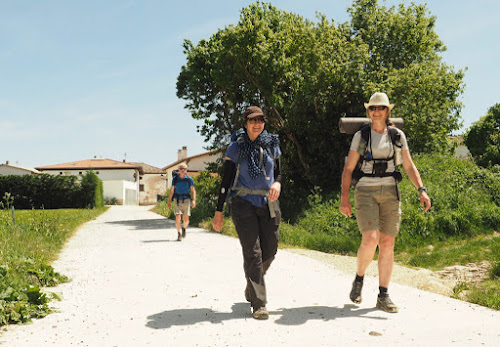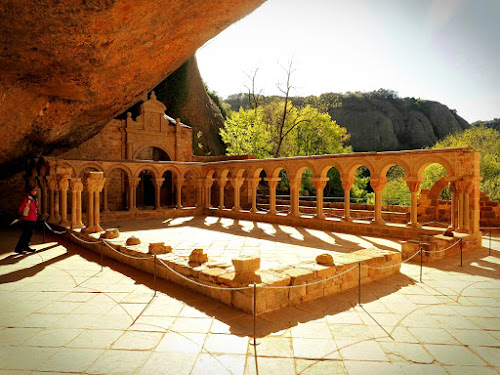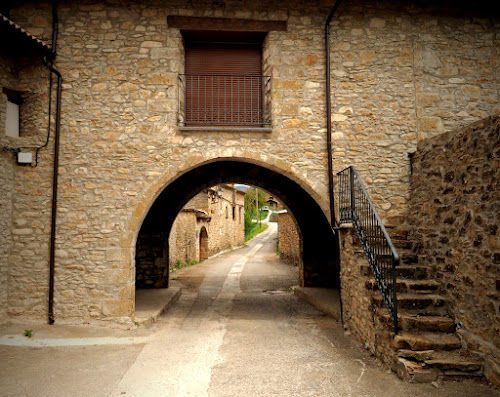If you intend driving or taking a taxi from the cottage to the Apartheid Museum, there are a number of interesting things on the route to see, both historically and present-day. The route runs through some of the oldest suburbs of Johannesburg and places where gold was first discovered during the 1870s.
It’s hardly a ’tourist route’ but nonetheless interesting and quite scenic in its own way.
We recommend you drive this route slowly to get the most out of what you’ll see along the way. It’ll take about 30 minutes or so at a leisurely speed.
When leaving the cottage, turn right in Indra street at the first four way crossing. Drive down Indra street, past two four way stops to a T-junction. Turn left, and immediately enter a roundabout. Leave the roundabout on the opposite side and onto the railway bridge. On top of the railway bridge turn right, and at the traffic light right again.
Follow this street (Albertina Sisulu Road) up to a traffic light where you’ll turn left. At the traffic light, look to your right - this is the Langlaagte rail station, and the exact spot where a famous Afrikaner military leader during the Anglo Boer War, General De la Rey, was mistakenly shot dead in his car at a road block set up to catch the Foster Gang, a notorious group of robbers, in 1914. The incident is the stuff of legends, and conspiracy theories that he was set up by the government of the day because of his rebellious behaviour. You'll notice a grey marble plaque on the wall commemorating the tragic event.
After you’ve turned left carry on for a few hundred meters, following the road where it veers to the right. Turn left where the road intersects, into a street lined with poplar trees on both sides. Careful here, there are speedbumps in the road!
On the right you’ll see an old Dutch Reformed (Protestant) church which is one of the oldest in Johannesburg.
The cornerstone of this historic church was laid in March 1889, but the Boer War delayed completion and it was only inaugurated on 12 December 1902. The founder of the Abraham Kriel Orphanage on the opposite side of the street, Rev. Abraham Kriel, was the first minister at the church and served from 1902-1917, he is buried with his wife in the grounds of the church.
Soon you’ll get to a set of traffic lights. If you look to your right, diagonally across you'll notice a fairly plain entrance gate.
This marks the spot where gold was discovered for the first time in Johannesburg in 1886, changing the fate of South Africa forever.
Cross over and onto another rail bridge - through some bluegum trees ahead you’ll the autumn-coloured calabash shape of FNB Stadium (also known as Soccer City), built for the 2010 FIFA World Cup. As you drive along prepare to pass underneath another rail bridge, and keep an eye on the top right part of the bridge. You’ll notice a piece of graffiti that reads: "Comrade Hani, our nation weeps”. "Comrade Hani" refers to Chris Hani, a revered ANC leader during Apartheid that was assassinated in 1993 by rightwing activists.
After going underneath the bridge, you’ll notice on the right one of Johannesburg’s characteristic but disappearing landmarks - a yellow sand mining dump. There used to be dozens of these dotting much of Gauteng province, but most have been recycled and the sand used for various purposes.
Soon afterwards you’ll pass underneath a bridge and see the 90 000 seater stadium in front of you. If you have time you can pause and visit the stadium, or turn right at the traffic light just after the bridge. The stadium is used mainly for football matches but also for music concerts - early in 2014 we watched Bruce Springsteen perform here!
After you've turned right at the traffic light, the road does a full circle onto the top of the bridge. Follow the road for two or three kilometers. You’re now passing through land still owned by mining companies. Almost all of the mines here have closed down - look out for the ruins of one such mine on the left.
At the next set of traffic lights turn right. You’ll now pass the offices of De Beers Diamond Company and the research facilities of the gold mining conglomerate Anglo American, again signs of the history of mining in this area. About a kilometer on keep an eye out for the road sign showing where you’ll turn left for the Apartheid Museum and Gold Reef City. Turn left into a slipway and follow the road past a set of traffic lights. After that you’ll see the large entrance for Gold Reef City on the left, and again to the left, after passing through it, the parking lot of the Museum.
We hope you enjoyed the drive!


















































